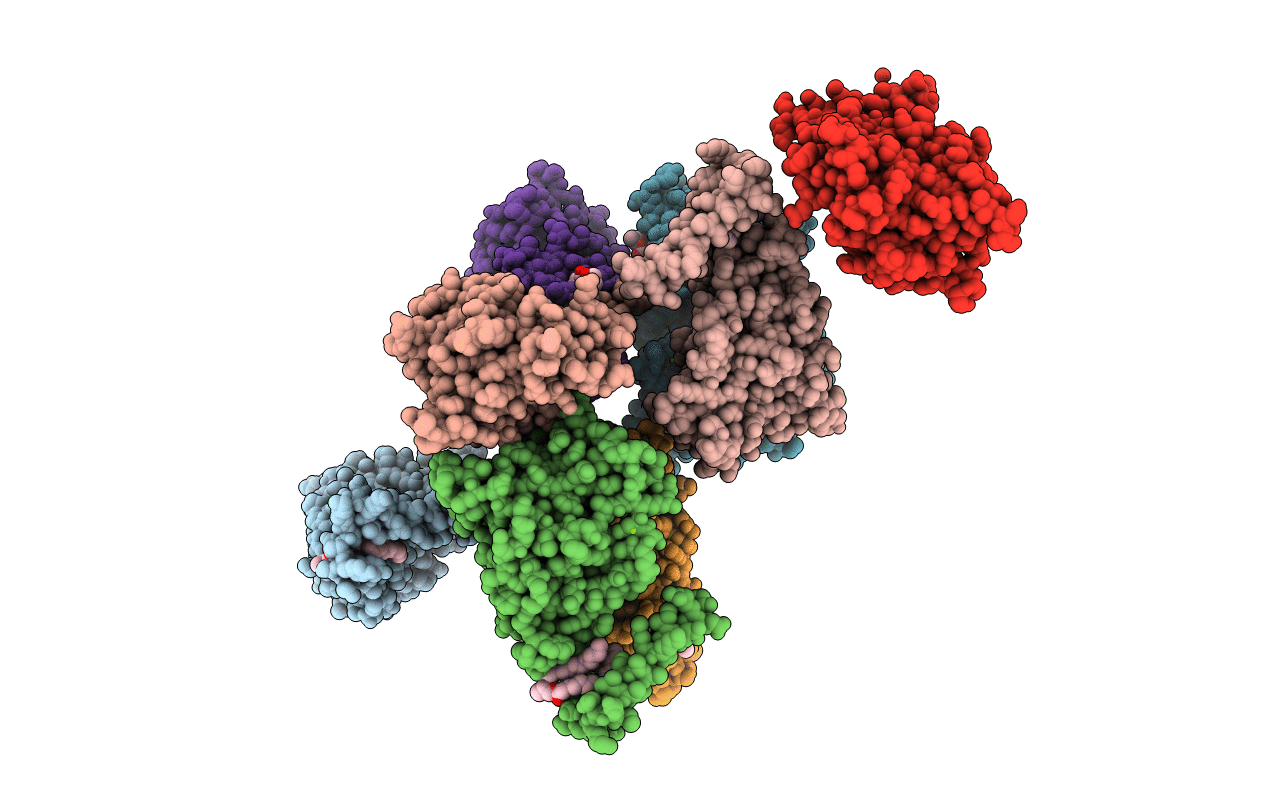
Deposition Date
2005-04-15
Release Date
2006-08-24
Last Version Date
2023-12-13
Entry Detail
PDB ID:
2BOY
Keywords:
Title:
Crystal structure of 3-ChloroCatechol 1,2-Dioxygenase from Rhodococcus Opacus 1CP
Biological Source:
Source Organism:
RHODOCOCCUS OPACUS (Taxon ID: 37919)
Method Details:
Experimental Method:
Resolution:
1.90 Å
R-Value Free:
0.21
R-Value Work:
0.17
R-Value Observed:
0.17
Space Group:
P 1


